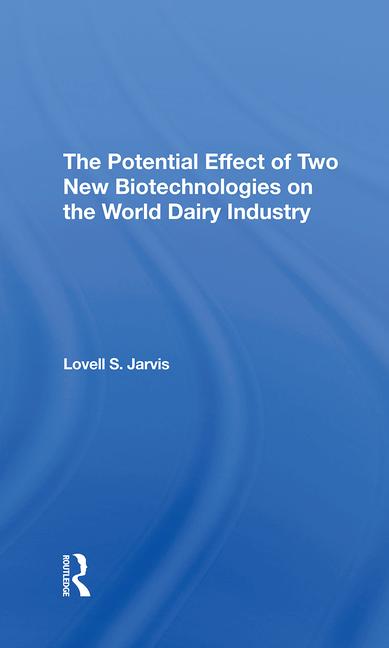Beyond the Filler: The High Cost of Regulations

During the same period, EPA was regulating automotive exhaust emissions, leading to the elimination of lead as a gasoline performance enhancer and automobile average-miles-per-gallon-performance standards for auto manufacturers. Gasoline engine emission reduction requirements resulting in reduced fuel mileage for medium-duty route trucks were partially responsible for the shift to more cost- and energy-efficient diesel-powered delivery fleets.
EPA emissions mandates have since added thousands of dollars to the cost of truck diesel engines and will double the previous increases as 2007 and 2010 diesel engine emission standards take effect. Cumulative added engine costs, resulting from heavy-duty diesel engine emissions standards, now exceed the total cost of the typical heavy-duty engine of probably not more than 20 years ago. Increases in vehicle maintenance and operating costs are also expected. Even more worrisome is the anticipated reduction in fuel miles per gallon as EPA petroleum refiner mandates are being put in motion to remove sulphur and reduce the actual energy content of diesel fuel, in addition to reducing diesel fuel yield per barrel of oil and increasing refining costs. This spring, oil prices are exceeding $55 a barrel and diesel prices are already pushing $2.50 per gallon in some areas.
In addition to the supply-and-demand factors driving oil prices to historic highs, the lack of refinery capacity in the U.S. also is a factor. DOE's Energy Information Agency claims that between 1981 and 2003, U.S. refineries declined from 324 to 149, and no new U.S. refineries have been built in more than 30 years. We have been getting by as a result of capacity creep, whereby existing refineries create additional capacity. From 1990 to 1998, U.S. refinery capacity actually increased 28%. Today's U.S. financial, environmental and legal considerations make it unlikely that new refineries will be built.
In 1995, Congress directed DOT's Federal Motor Carrier Safety Administration (FMCSA) to increase driver alertness and reduce fatigue-related accidents. In 2003, FMCSA issued the first significant revision to the federal driver Hours of Service Regulations in more than 60 years. The new regulations increased driving hours from 10 to 11, but also increased minimum off-duty time required from 8 to 10 hours. The regulations also reduced total on-duty hours allowed from 15 to 14, plus other revisions.
The new regulations were promptly challenged in court. While currently operating under the 2003 rules, FMCSA has published an open rule, which the administration hopes will allow the 2003 Hours of Service Regulations to become permanent. As the result of almost 10 years of federal driver safety regulatory uncertainty, estimating the cost impact on dairy and ice cream distribution and transportation operations can be difficult, but will be substantial.
The dairy and ice cream industry does an exceptional job of recognizing and incorporating sanitary, processing, packing, labeling and security regulations that directly impact operating methods and costs. The industry has been quite pro-active in participating in both the political and regulatory processes creating and shaping regulations.
This has not been the case with the indirect cost effects of regulatory impacts on distribution, fleet operations and transportation. The industry, its organizations and its leaders have had little or no direct political or regulatory up-front involvement in the creation and passage of many of those regulations. The industry must create strong, mutual-interest coalitions of perishable foods distribution and transportation that will actively participate in the political and regulatory processes related to indirect cost issues.
Looking for a reprint of this article?
From high-res PDFs to custom plaques, order your copy today!






